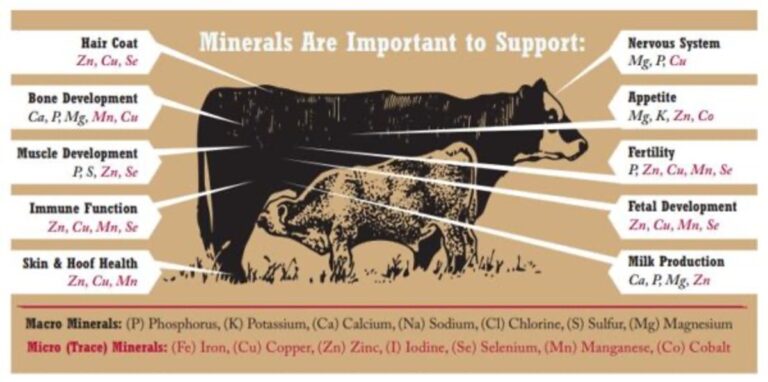Originally started to distribute extra milk during the summer months, June has been nationally celebrated as Dairy Month since 1939. Wisconsin leads the nation as the home to nearly 6,000 dairy farms, more than any other state! The dairy industry contributes $45.6 billion to Wisconsin’s economy each year with an impact across the state supporting feed mills, dairy equipment manufacturers and technicians, veterinarians, construction companies, genetic suppliers, milk haulers, dairy plants, and more.
From milk and cheese to yogurt and ice cream, dairy is an essential part of many people’s diets, providing important nutrients like calcium, vitamin D, and protein. Wisconsin is #1 in cheese with nearly 1,200 licensed cheesemakers producing 600 types of cheese. Wisconsin cheesemakers make 25% of the nations cheese and lead the nation in the production of 928 million pounds of specialty cheeses annually.

As we celebrate National Dairy Month, let’s take a closer look at dairy’s impact on our lives and why it is worth celebrating all month long:
Nutritional Benefits of Dairy
Dairy products are an important source of nutrients, particularly calcium and vitamin D. These nutrients are essential for bone health and are important for people of all ages, from young children to older adults. Dairy products also provide protein, which is important for building and repairing muscle tissue.
In addition to these important nutrients, dairy products also contain other vitamins and minerals, including vitamin A, vitamin B12, and potassium. These nutrients are essential for maintaining overall health and wellness, making dairy an important part of a balanced diet.
Supporting the Economy
Dairy farms and processors also play an important role in the economy, providing jobs and supporting local communities. According to the International Dairy Foods Association, the dairy industry contributes more than $620 billion to the US economy each year and supports more than 3 million jobs.
Dairy farms also help to preserve farmland and support rural communities. Many dairy farms are family-owned and operated, passing down farming traditions from generation to generation. These farms help to support local economies and provide a connection to the land and community.

Innovations in Dairy
As technology advances and consumer preferences change, the dairy industry has continued to evolve and innovate. From new flavors and packaging options to specialty consumer products like curd crunchers, dairy companies are always looking for new ways to meet consumer demand and provide products that fit into a variety of lifestyles and dietary needs.
In addition to these changes, the dairy industry is also focused on sustainability and reducing its environmental impact. Many dairy farms have implemented practices like reducing water usage, improving manure management, and using renewable energy sources to reduce their carbon footprint and help protect the planet.
Final Thoughts
National Dairy Month is a time to celebrate the many benefits of dairy products and the important role that dairy plays in our lives and communities. Whether you’re enjoying a glass of milk, a scoop of ice cream, or a slice of cheese, take a moment to appreciate the hard work and dedication that goes into producing these delicious and nutritious foods. We encourage you to visit one of the many dairy breakfasts throughout the state this month.
- June 3 –
- Rock County Dairy Breakfast at Daluge Farm
- Cows on the Concourse at Madison Capitol Square
- June 10 –
- Pepin County Dairy Breakfast at Churchview Dairy
- Sauk County Dairy Breakfast at Brander’s Dairy Farm
- Dane County Dairy Breakfast at Kahl Family Farm
- Lafayette County Dairy Breakfast at Meylor Family Farms
- June 11 –
- Richland County Dairy Breakfast at Red Brae Dairy
- June 17 –
- Eau Claire County Breakfast on the Farm at Bears Grass Dairy
- Pierce County Dairy Breakfast at Maple Bud Farm
- Columbia County MOO-DAY Brunch at Darian Acres
- June 24 –
- Buffalo County Dairy Breakfast at DS Farms
- Dunn County Dairy Breakfast at Maple Hills Dairy
Thank you to all the dairy farmers, cheesemakers, milk haulers, and dairy processors who supply nutritious dairy products every day. ALCIVIA supports our dairy farms with industry leading products from bottle to parlor with Calf Xcellence, Show Xcellence Dairy 42, and rations formulated for your operation. Our team of dedicated dairy technical tpecialists and calf & heifer specialists are here to help.
